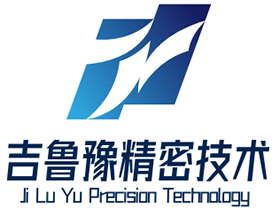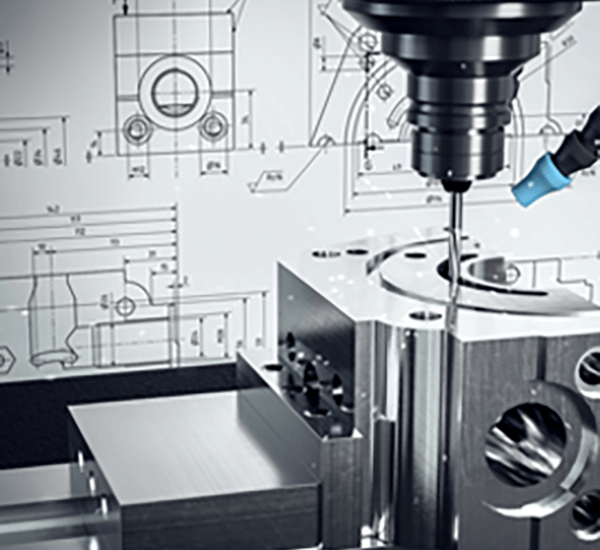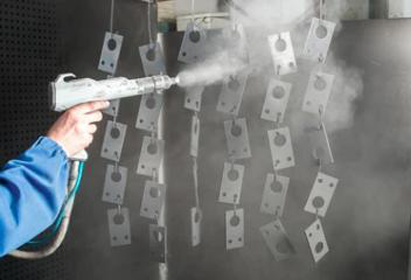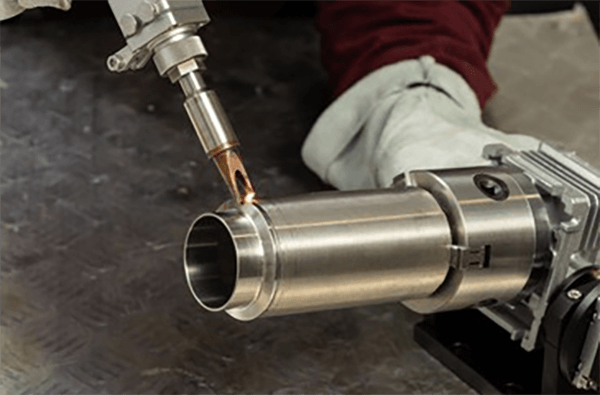
Realizing precise finish on a turned or milled piece remains essential.
- Design documents set out definitive finishing requirements for parts
- Callouts frequently reference metrics such as Ra (average roughness) for roughness quantification
- Comprehending finish specifications is crucial to meet operational standards
- Chosen finish influences lubrication retention, friction behavior, and part life
- Understanding the notation correctly yields the desired surface result
CNC Machining: A Definition of Precision

Robotic-assisted machining defines a modern manufacturing practice using computerized programs to drive machines that cut complex shapes with high precision.
- CNC systems permit manufacture of precise components from diverse substrates
- CNC adaptability suits industries including aerospace and automotive sectors
- CNC machining delivers exceptional repeatability ensuring identical parts across production runs
Across R&D to production scale-up CNC machining drives manufacturing evolution
CNC Specs Explained
Reading machine specs may appear overwhelming initially
Even so practical familiarity and a systematic plan enable decoding machine specs
Open by noting essential values: spindle speed, feeds, accuracy, envelope, control type
Every spec plays a role in determining machine performance.
In practice greater spindle speed often suits ductile substrates whereas higher feed supports productivity.
Comprehending those interactions assists in picking the proper CNC for tasks
Remember to consult the manufacturer's literature thoroughly.
Producer documentation frequently delivers important notes and clarifies terminology
A Guide to CNC Machines: What You Need to Know
CNC systems refer to programmed machine tools for accurate automated part production across materials Operation relies on parsing G-code directives to manage cutting devices and toolpaths.
- Common CNC classes include milling machines, turning lathes, routing systems, plasma cutters
- CNC workflows handle steels, aluminum, plastics, woods, and composite laminates
- In addition these machines facilitate quick prototyping and short-run manufacturing for startups and labs
Core Concepts of CNC Machinery
They embody an integration of hardware accuracy and advanced software regulation Automated tools implement code to produce elementary parts and sophisticated assemblies The fundamental principle behind CNC machines is the translation of digital designs into physical forms.
- Machine-controlled machining
- Code-driven production workflow
It performs sequenced precise axis operations dictated by program Shop technicians tune machining parameters, supervise production, and certify product accuracy.
Why Surface Finish Matters in CNC Machining
Attaining target texture in CNC processes is critical It modifies operational efficiency and cosmetic finish Substrate properties, machining variables, and post-process methods shape surface outcome.
High-quality surfaces strengthen durability while rough textures may reduce efficacy CNC workflows include varied tooling and approaches to produce intended surface results.
- For instance varying cutting insert shapes |carbide alloys|tool speed tuning to deliver finish
- Secondary operations like sanding, grinding, or polishing boost finish
Understanding the relationship between machining parameters and surface finish is essential for achieving optimal results in CNC machining operations.
From Operation to Applications: CNC Basics
High-accuracy manufacturing via CNC employs programmed equipment to form components from varied materials They adhere to programmed code to reproduce complex geometries with repeatable accuracy Knowing programming basics and tool selection secures better machining outcomes
Industry applications include aircraft, automotive, medical, electronics, and beyond From turbine components to precision mold cores, CNC supports manufacture of complex parts
Surface Finish Standards for CNC Machining
Clear finish definition is critical for CNC machined components It helps confirm that the product aligns with performance and cosmetic needs Surface finish callouts are typically represented using the system known as the Surface Roughness Ra Shown in micrometers or inches, the measurement denotes typical roughness magnitude.
Weigh required surface smoothness against intended use when defining callouts

Typically smoother finishes are chosen where tight dimensional control and alignment matter
Rougher textures often suit parts intended for grip or high-friction contact
Leverage precise callout notation within drawings to indicate required finish State the Ra figure and any extra machining or finishing instructions required.
Consider that thorough finish callouts underpin quality manufacturing
Types of CNC Machines and Their Capabilities
CNC technologies cover several machine formats that handle a range of job types They integrate CAD-driven toolpaths to guide cutters for precise component production.
- Drills bore precise holes with controlled feed and speed
- Grinders use abrasive wheels to finish and size parts to fine tolerances
- Laser, waterjet, and plasma technologies suit intricate shapes and delicate workpieces
Select machinery by weighing material, complexity, and tolerance needs Specialized CNC abilities fulfill industry requirements across sectors from transport to healthcare.
Achieving Premium Surface Results in CNC Processes
Achieving a superior surface finish is crucial in numerous manufacturing processes and CNC machining offers an exceptional method for achieving this goal By combining feed optimization spindle settings and cutter geometry selection operators reduce patterning and improve finish Coupled with high-quality tools and correct fluid use, finish quality is elevated Optimized cutting plans and meticulous setup procedures help achieve premium finishing.
Obtaining Surface Quality via CNC Code
Programming skills that affect finish are critical for reaching surface goals Combining feed, speed, and tool form strongly affects surface pattern and roughness Conscientious parameter tuning with sound coolant strategy produces excellent surface quality.
- Furthermore regular tool maintenance and inspection are essential for ensuring a consistent and high-quality surface finish over time Additionally routine tool checks cnc process and upkeep maintain consistent finish quality Additionally routine tool checks and upkeep maintain consistent finish quality
- In order to refine finish consider material, target roughness, and end-use needs
- Path simulation offers insights to adjust cutting settings and reduce defects
- Also ongoing tool care and inspection support sustained finish reliability
